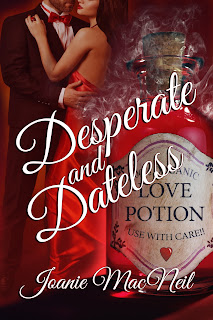Previously, I told you the history of Whitehall Palace, its beginnings and its end. Today, I want to talk of the structure, and how London’s activities affected Whitehall Palace.
Part II, Other stuff about Whitehall:
Castles have a tendency to be drafty, and it was no
different with the Palace of Whitehall. Due to the compilation of various
buildings crammed together, the palace was more drafty than normal. During
storms, winds whistled down chimneys and spread ash across the chambers. Fires
sparked, then smoldered.
London and its suburbs used sea coal and brown coal to
heat their homes. It was inferior and smoked. London also seemed to have
existed under a pall of inversion. Smoke and pollution hung stagnant over the
city and its suburbs for weeks on end.
Coal was used to brew ale or beer. Dyers used coal to
heat water. Soap boilers manufactured their product with ash. Glass houses,
founders and most industries used coal for their fires and their products. As a
result, smoke settled heavy on everything with a gritty dust. Not a good place
for asthmatics, the air was hard to breathe.
John Evelyn (1620-1706) loved London. He observed
everything within and without the great city.
In 1661, he wrote Fumifugium:
or, The Inconvenience of the AER, and SMOAKE of London Dissipate, a
diatribe of the damages smoke can do to a person, city, and anything alive. In
this pamphlet, he also proposed remedies for this damage. This, he gave to King
Charles II in the year of his coronation (1661).
A visit to Whitehall provoked Evelyn to write this
pamphlet. While he strolled through the palace, looking for a glimpse of His
Royal Majesty, Evelyn said, “a presumptuous smoke issuing from one or two
tunnels near Northumberland House, and not far from Scotland Yard, did so
invade the Court that all the rooms, galleries, and places about it were filled
and infested with it, and that to such a degree, as men could hardly discern
one another for the cloud...”
Apparently, the smoke was so thick in the palace, people
had to stretch their arms to make it from room to room. I can imagine with the
uneven floors, bridges, and stairways that linked strange floor levels, this could
be dangerous.
Evelyn continues, “...upon frequent observation, but it
was this alone, and the trouble that it must needs procure to Your Sacred
Majesty, as well as hazard to your health…” Yes, wandering a palace so filled
with smoke, it would be difficult to breathe, to see without your eyes tearing.
In 1662 a strong storm hit London, and Whitehall was not
spared. A few fires started but fortunately, they were doused without any real
damage. After this, regulations were enforced to have at each hearth a leather
bucket filled with water.
In 1691, Whitehall nearly burned down. By this time, it
was a maze of complexity, and the largest palace in Europe. On April 10th
of this year, a fire broke out that damaged a great deal of the structure(s),
but not the State Apartments. By this time, William III and Mary II lived most
of the time in Kensington Palace.
Then, in 1698 what remained of Whitehall burned, along
with many treasures garnered over the ages. Among other treasures, scholars
believe Michelangelo’s Cupid, the
Portrait of Henry VIII, and Bernini’s marble bust of King Charles I were all
lost.
John Evelyn wrote: “Whitehall burnt! Nothing but walls
and ruins left.”
Can you imagine the stories those old walls could have
told, so rich, historical, and often tragic.
Sources:
Adrian Tinniswood. By
Permission of Heaven, The true Story of the Great Fire of London. Riverhead
Books, NY, 2003
John Evelyn. Fumifugium:
Or, The Inconvenience of the AER, and SMOAKE of London Dissipated. Together
With some Remedies humbly proposed by J.E. Esq; To His Sacred MAJESTIE, and To
the Parliament now Assemble. Published by His Majesties Command. London
1661







































.jpg)



.jpg)


